PowerDMARC’s Email Authentication Blog – Read the latest news and updates

NCSC Mail Check Changes & Their Impact on UK Public Sector Email Security
Blog, Email SecurityDiscover how the 2025 changes to NCSC Mail Check will impact UK public sector organizations and learn strategies for maintaining robust protection against phishing and spoofing.
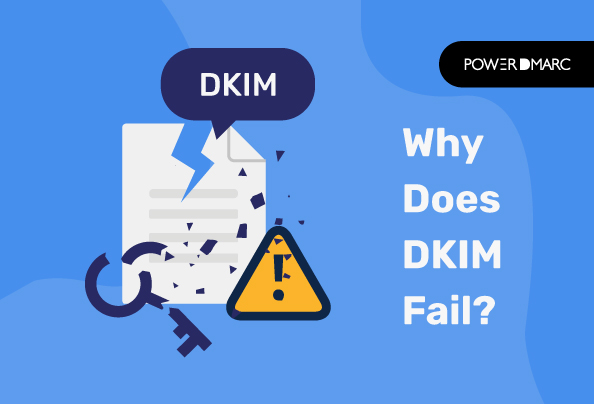
How to Fix DKIM Failure
BlogWhy does DKIM fail? Fix DKIM failure for your emails with this easy step-by-step tutorial.
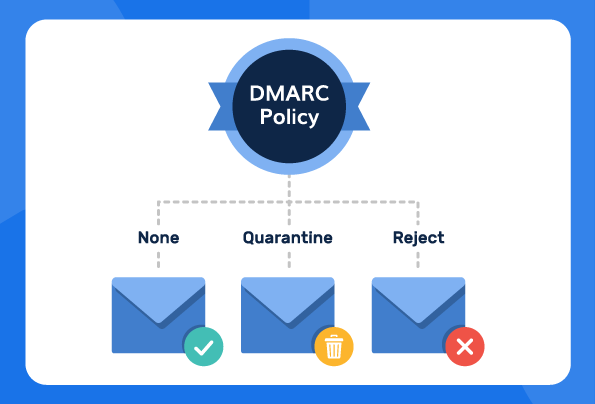
What Is DMARC Policy? None, Quarantine And Reject
Blog, DMARCA DMARC policy allows domain owners to specify how email receivers should handle emails that fail authentication checks (SPF and DKIM) - none, quarantine or reject.
![How to fix 550 SPF Check Failed [SOLVED] How to fix 550 SPF Check Failed](https://powerdmarc.com/wp-content/uploads/2022/09/How-to-fix-550-SPF-Check-Failed.jpg)
How to fix 550 SPF Check Failed [SOLVED]
BlogThe “550 SPF check failed” message is common error prompt that maybe triggered by an absent or invalid SPF record in the sender’s DNS, or third-party spam filters.

DMARC aspf Tag Explanation Guide
BlogDeep dive into the DMARC aspf tag. Learn how to configure and optimize this crucial element of your DMARC policy for enhanced email authentication.
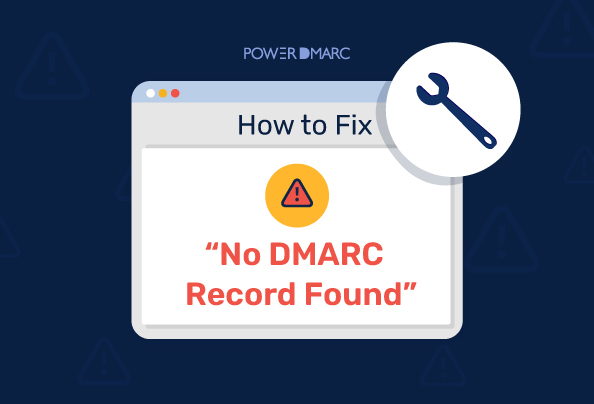
How to Fix “No DMARC Record Found” in 5 Easy Steps
BlogFix the "No DMARC record found" prompt by adding the missing DMARC record for your domain with PowerDMARC in 5 easy steps.
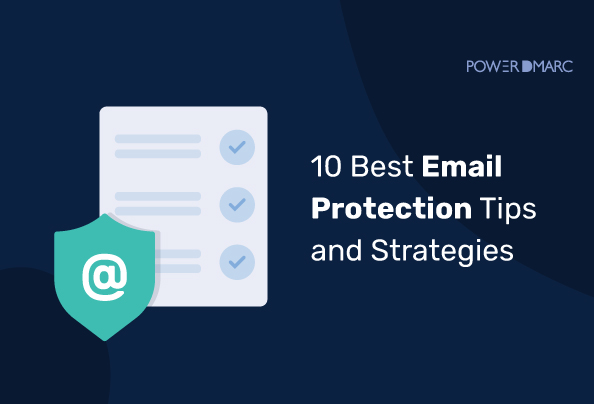
10 Best Email Protection Tips and Strategies
BlogUpgrade your email protection with our tips and tricks! We offer 10 easy strategies to safeguard your inbox from cyberattacks.

DMARC Security in 2025
BlogDMARC security can set you apart from other organizations in terms of information security practices
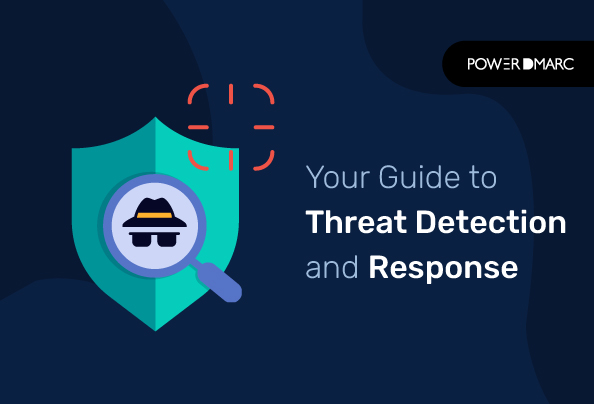
Your Guide to Threat Detection and Response
BlogDiscover the latest strategies and technologies for effective Threat Detection and Response (TDR) in 2024. Stay ahead in the cybersecurity game.

Whaling Cyber Awareness in 2025
BlogWhaling Cyber Awareness includes a good understanding of specific tactics and methods used in whaling attacks.
